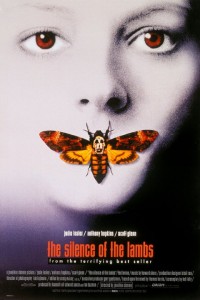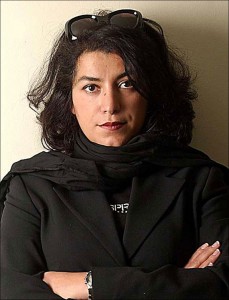The sound and camera angles in Mike Nichols’s 1968 film The Graduate gave a greater insight to the life of the main character Ben. From what the audience can see, Ben has just graduated from college and does not know what he is going to do now that he has just finished. Specific scenes in this movie show how pressured Ben really feels.
Examples include how in the opening scene there is a party in Ben’s honor taking place at his home and there are many people. The camera is very close up and gives the audience a sense of a claustrophobic feel. At this time everyone is greeting Ben, shaking his hand, kissing him, and asking many questions. With the camera so close, you feel as though Ben is feeling very pressured by all that is happening and is just being pushed through. Two other examples include water scenes. In Ben’s room he has a tank and is constantly seen looking through the tank at his fish and nothing but the sound of bubbles can be heard. Also, Ben is given a scuba suit and is forced to go in the pool with it. All that can be heard is Ben’s heavy breathing and all the people crowding around him. Being under water for so long gives a feeling of suffocation and once again, a pressurized environment is being displayed.


 I’m not sure how many of you guys have seen Jonathan Demme’s magnificent film Silence of the Lambs (1991), but I was wondering if this film could be a good example for the Feminists Film Theory. What do you guys think of this based on the idea of the male protagonists, who is a cannibal, through the gaze of the spectator, and following her body?
I’m not sure how many of you guys have seen Jonathan Demme’s magnificent film Silence of the Lambs (1991), but I was wondering if this film could be a good example for the Feminists Film Theory. What do you guys think of this based on the idea of the male protagonists, who is a cannibal, through the gaze of the spectator, and following her body?